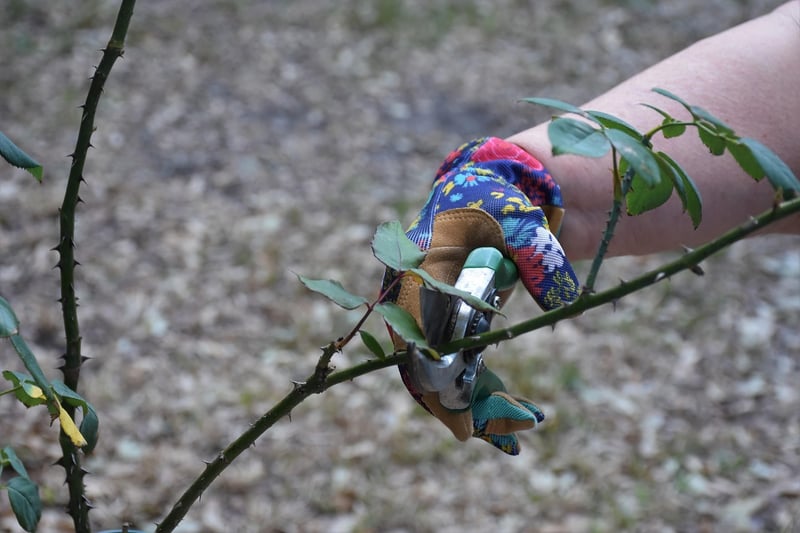Pruning Guidance
#Plant Care
#Sunlight
#Trimming
Keeping Your Garden Healthy: Pruning Guidance
Welcome to our guide on maintaining a healthy garden through proper pruning techniques. Pruning is an essential practice that promotes plant growth, enhances the appearance of your garden, and ensures the overall health of your plants. Follow these tips to keep your garden in top shape!
Benefits of Pruning
Pruning offers several benefits, including:
- Promoting plant growth
- Removing dead or diseased branches
- Shaping plants for aesthetics
- Improving air circulation
- Preventing pest infestations
When to Prune
The timing of pruning depends on the type of plant. In general:
- Flowering shrubs: Prune after they bloom
- Fruit trees: Prune in late winter or early spring
- Deciduous trees: Prune in late winter when dormant
- Evergreen trees: Prune in early spring
Pruning Techniques
Follow these guidelines for successful pruning:
- Use sharp, clean tools to make precise cuts
- Remove dead or damaged branches first
- Prune at a 45-degree angle just above a bud or branch
- Do not remove more than 1/3 of the plant at once
- Step back regularly to assess the plant's shape
Tools for Pruning
Essential tools for pruning include:
- Pruning shears for small branches
- Loppers for thicker branches
- Pruning saw for large branches
- Gloves for protection
Common Mistakes to Avoid
Be mindful of these common pruning mistakes:
- Over-pruning, which can stress the plant
- Incorrect timing, leading to reduced blooming or growth
- Leaving behind jagged cuts that invite disease
By following these pruning guidelines, you can ensure a healthy and thriving garden throughout the year. Happy gardening!

For more information on garden maintenance, visit Gardeners World - How to Prune.
